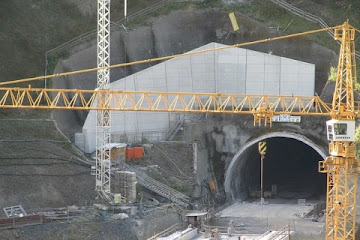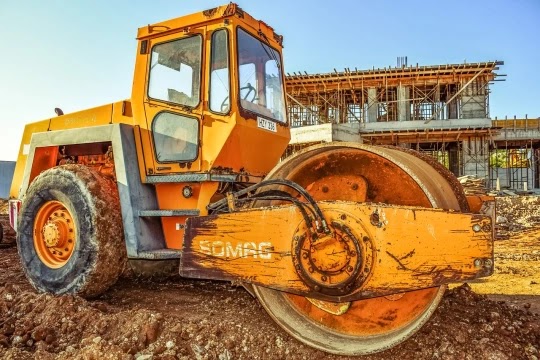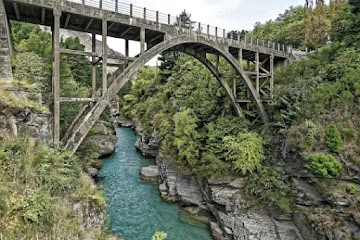Water has detrimental effects on the good performance of road & should be drained off as soon as possible. The process of quick removal of water out of surface & sub-surface region of the road is called Highway Drainage. The surface & sub-surface water of the road should quickly pass into the longitudinal drains if a proper highway drainage system is present. The surface water passes into longitudinal drains via gravity flow due to the cross-slope provided on the road surface. The subsurface water first goes into the perforated cross drains & then into the longitudinal drains, both being under the road surface in the areas of heavy rainfall. The surface drainage system prevents the surface water from percolating down to the sub-surface layers. The sub-surface drainage system takes the sub-surface water out of the subsurface layers.
What is the Importance of Highway Drainage?
The provision of a proper drainage system provides the following important functions:
- It arrests the moisture variation in the subsurface layers thus preventing the reduction in bearing capacity of subgrade soil.
- It prevents the erosion of side slopes.
- It prevents the failure of formation slope caused by the poor drainage system.
- It prevents the stripping of bitumen from aggregates in flexible pavements.
- It prevents the mud pumping in rigid pavements.
- It prevents the skidding of vehicles caused by a reduction in friction coefficient.
- It prevents the frost action caused by the accumulation of water.
What are the Requirements of a Good Highway Drainage System?
A good highway drainage system should fulfill the following requirements:
- The surface water on the carriageway and shoulder should be drained off effectively as soon as possible.
- The surface water from the adjoining land should be prevented from entering into the roadway.
- The groundwater table should be maintained well below the bottom surface of the subgrade soil.
- The capillary rise & seepage water should be controlled effectively.
- The longitudinal drains & cross drains should have sufficient capacity to carry the collected water.
- The longitudinal drains & cross drains should have sufficient bed slope for gravity flow.
- The flow of water across the road surface & in the drains should not cause erosion.
- Complex & costly cross drainage structures should be avoided as much as possible.




















